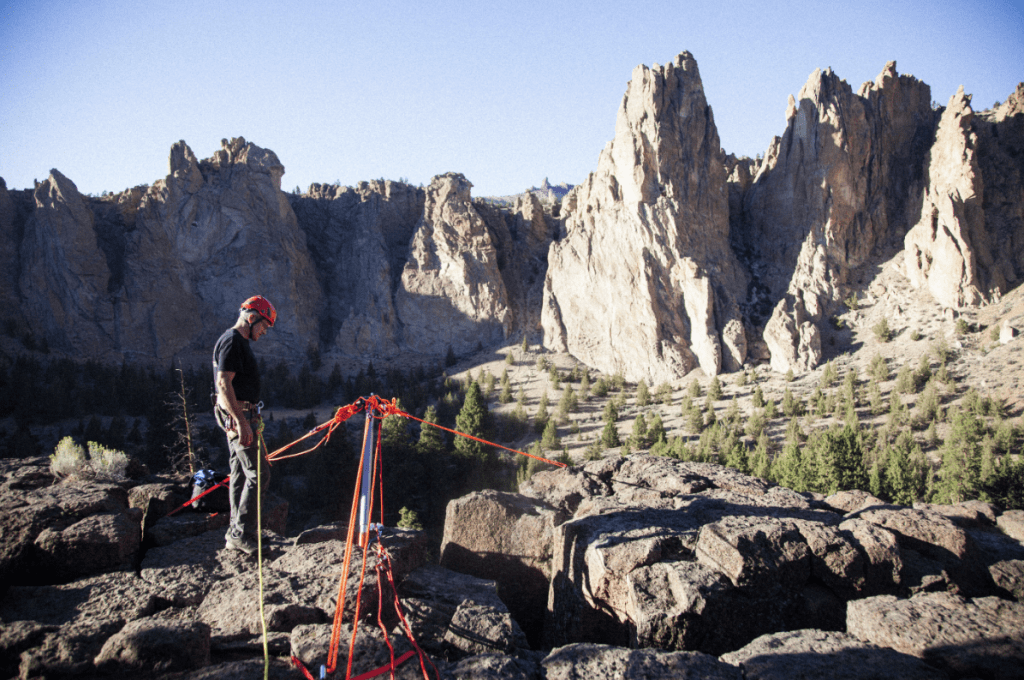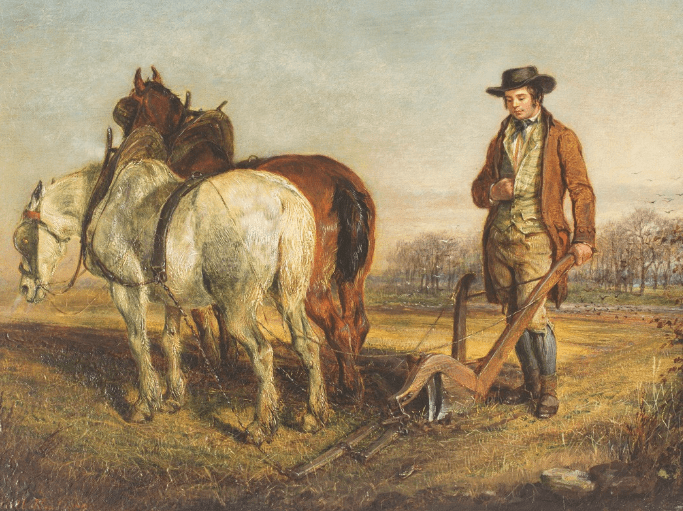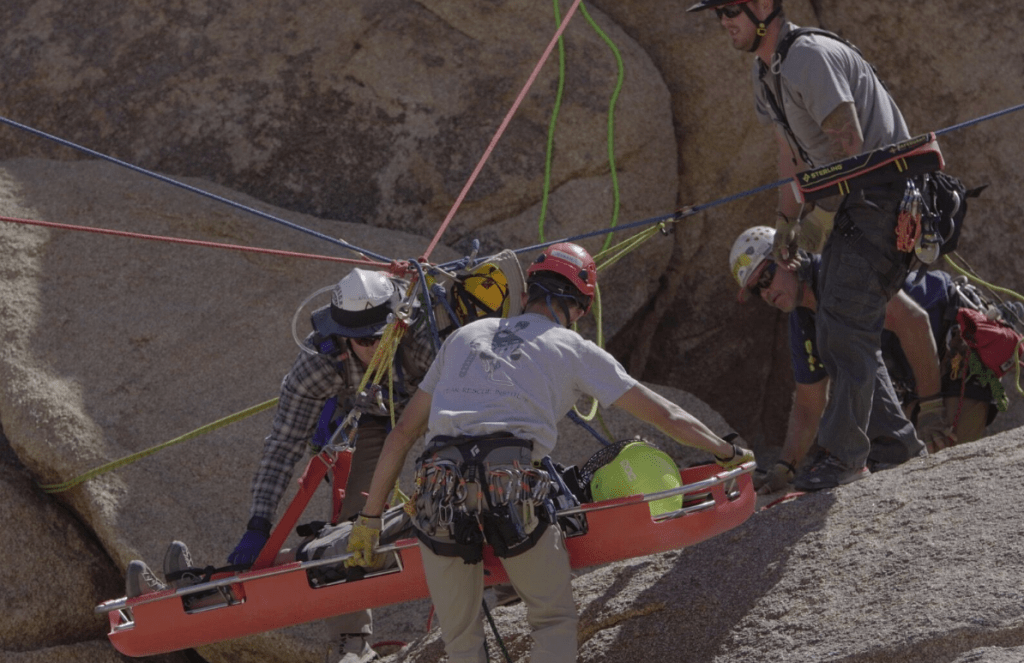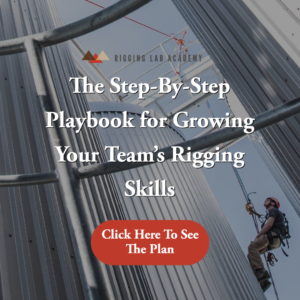No matter how carefully a project is planned, something may still go wrong with it. The saying is adapted from a line in “To a Mouse,” by Robert Burns and speaks of both the complexity and strangeness of life. The components or elements of life is never fixed and can never completely be planned for. Jason Ilowite likes to say “plan for probable and not the possible”… this is a great place to start.
The two biggest questions in our world are…
- What are we solving for?
- What do we get out of solving the question?
 This isn’t some general concept or process, but rather a reckoning of purpose. There isn’t a person on earth who doesn’t face these questions… daily.
This isn’t some general concept or process, but rather a reckoning of purpose. There isn’t a person on earth who doesn’t face these questions… daily.
Think about it; work, school, family, chores, fitness, health, finances and faith. You do the best you can with what you know and you leave the unknown in a place of “highly unlikely” and you move on. Robert Burns no doubt understand the strangeness of life and so it is here I want to quickly bring up a few things regarding a very small portion of our lives… rescue and rigging.
So what is “rescue”… in general it means “to save, free or deliver”. And what is “rigging”?… Well in general it is to “set up, prepare and support”. So our lives as rescue and rigging folks is to live our lives as to “set up, prepare and support those that need to be saved, freed and delivered”. Sounds pretty heroic right? That’s because you are! And to the degree our abilities align with our capacity… our success will be measured.
So what might be the biggest potential problem we face with rescue rigging? – Many have answered… “Capacity”. Either not enough trained personnel or not the right training for personnel”. And the more I thought about this the more profound it became and yet in my head it was obvious… “O mice, O men”
What is “capacity” anyway? – “containment” or “production”? It could be said we deal with both, but for this blog… I am choosing “production”. Thus Capacity is “the amount that something can produce”. However, I will say that production done correctly will contain (constrain) or reduce risk factors as well and equipment has a ton to do with this.
- Equipment: What do you have?
- Knowledge of the gear
- Inventory of gear
- Knowledge: Monitoring
- How does the gear work?
- How much of the gear is actually used?
- Training: What do you need?
- Resources
- Bandwidth
- Designing modular systems
If we consider our goal of “efficient and effective” production, then rescue and rigging gear or equipment is a major focal point. Steve Crandall (from his book Rescue Rigging Concepts) says “it is easy for teams to get caught up in the world of rescue equipment. There are so many new devices and modern tools on the market that it seems like teams cannot survive without the latest and greatest innovation”. He goes on to say “It is thought that if the team owns a lot of gear then they must certainly be ready for anything. Sadly, this is not the case. It is the knowledge base of the individual rescue and the collective capability of the team that makes the rescue happen; not the gear… equipment is just an adjunct to the training and skill”.
The “collective” of training, knowledge and gear all work to increase the production (or output). I have been in this industry for well over 2 decades and I can attest to the reality of having both a “lack of” and a “surplus of” training, knowledge and gear. It is the balance of all three that achieve success and not every team or individual will have the same balance.
There are thousands of gear solutions out there. There isn’t a single solution that works 100% of the time, but there is Pareto Principle that holds true. I wrote a couple of blogs a while back on effective training and purchasing… Pareto Purchasing and 4 Steps To Do More With Less. The Pareto Principle essentially says that 20% of what we use or do accounts for 80% of what is really needed. I will admit, there is the possible over indulgence of this principle, but as a great rule of thumb, it works.
So double down on the 20% that gets you the 80%.
- Does everyone have a high level of understanding and practical knowledge of that gear (hands on history that can be gauged and measured)?
- Does the gear you use actually work well and can you prove this?
- Does the gear you have in service stack up to solid scrutinizing and questioning as to the validity and value it brings to the team?
- Will the gear or equipment increase in value when used in duplistic systems and have the bandwidth to be used in a multi-tasked manner?
- Does the training and any academic learning achieve a pointed objective and is it measurable?
What is the 20%?… Lets try this, but I have to admit to something… this is brutal and nearly impossible for me (I say nearly!). It is called the 5/25
Step 1. List 25 things that need to get done within all of the disciplines of your rope rescue team.
Step 2. Ranking in order of preference, need or importance. Keep the same scale through out. This can be an agonizing task and it will surprise you.
Step 3. Take the Top 5. This is what you work on. The question now is what happens with the 20?… avoid them at all costs and only pick more up after you have accomplished the first 5.
So capacity has at its “core value”… production. The big questions are:
- What is that capacity measured with?
- What is the production measured against?
- What is the production really containing (risk mitigation)









7 thoughts on “Capacity Planning For Rescue Rigging: “The best-laid plans of mice and men often go awry””
I got good info from your blog
Great wordpress blog here.. It’s hard to find quality writing like yours these days. I really appreciate people like you! take care
298849 938200There a couple of fascinating points in time in this post but I dont know if I see these center to heart. There could be some validity but Ill take hold opinion until I explore it further. Outstanding post , thanks and then we want a good deal more! Put into FeedBurner too 370202
Everything is very open and very clear explanation of issues. was truly information. Your website is very useful. Thanks for sharing.
514433 438493I like this website extremely significantly, Its a really good situation to read and get information . 845504
898440 469417Official NFL jerseys, NHL jerseys, Pro and replica jerseys customized with Any Name / Number in Pro-Stitched Tackle Twill. All NHL teams, full range of styles and apparel. Signed NFL NHL player jerseys and custom team hockey and football uniforms 371058
871404 955804I feel so. I think your article will give those folks a very good reminding. And they will express thanks to you later 664437
Comments are closed.